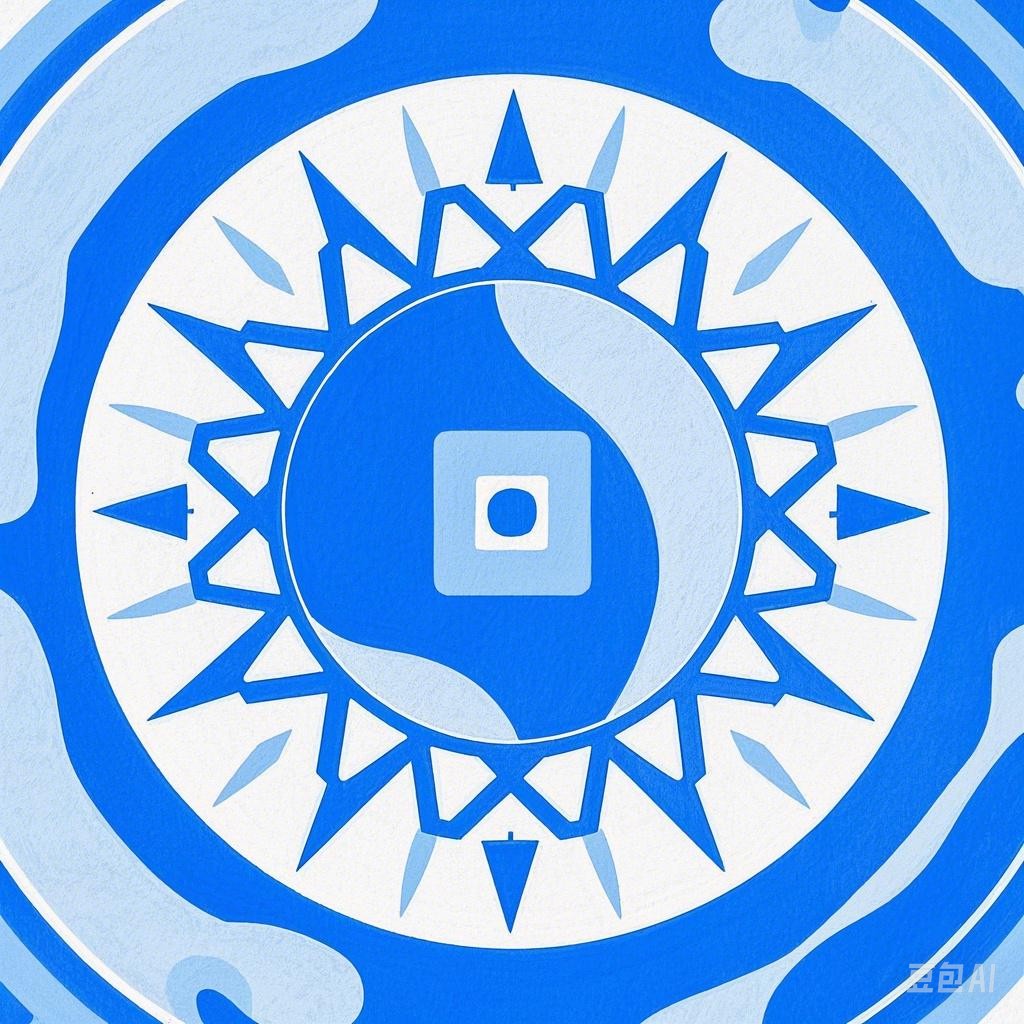Introduction
India, known for its rich cultural heritage and diverse traditions, is a land of vibrant festivals. Each festival reflects the country’s unique blend of history, religion, and regional customs. This article aims to unveil the colorful celebrations of India, highlighting some of the most prominent festivals and their significance.
Diwali: The Festival of Lights
Diwali, also known as Deepavali, is one of the most awaited festivals in India. Celebrated primarily by Hindus, it marks the victory of good over evil and light over darkness. The festival spans five days and is characterized by the lighting of lamps and candles, fireworks, and the distribution of sweets and gifts.
Key Activities:
- Diyas: Lighting earthen lamps and placing them around homes and in courtyards.
- Fireworks: Displaying vibrant fireworks to ward off evil spirits.
- Rangoli: Creating intricate patterns with colored rice, flower petals, and colored sand on the floor.
- Puja: Offering prayers to deities like Goddess Lakshmi, the goddess of wealth and prosperity.
Holi: The Festival of Colors
Holi is a spring festival that symbolizes the victory of good over evil and the arrival of spring. It is celebrated with much enthusiasm across India, especially in the northern states. The festival is marked by the throwing of colored powders (gulal) and water, dancing, music, and feasting.
Key Activities:
- Color Play: Participants apply colored powders and water on each other.
- Music and Dance: Traditional music and dance performances are a highlight.
- Festive Food: Sweets and savory dishes are prepared and shared.
Eid-ul-Fitr: The Festival of Breaking the Fast
Eid-ul-Fitr marks the end of Ramadan, the holy month of fasting for Muslims. It is a time for celebration, prayer, and the strengthening of family bonds. The festival is characterized by the distribution of sweets, new clothes, and gifts.
Key Activities:
- Eid Prayer: Muslims gather for a communal prayer known as Eid-ul-Fitr prayer.
- Sehri: A pre-dawn meal before the fast is broken.
- Iftar: A festive meal that marks the end of the fast.
- Gifts and Sweets: Exchanging gifts and distributing sweets to family and friends.
Ganesh Chaturthi: The Festival of Lord Ganesha
Ganesh Chaturthi is a Hindu festival dedicated to Lord Ganesha, the elephant-headed god. It is celebrated with great fervor, especially in Maharashtra. The festival involves the installation of Ganesha idols in homes and public spaces, followed by prayers, music, and dance.
Key Activities:
- Idol Installation: People install Ganesha idols in their homes or in public pandals (tents).
- Prayer and Puja: Daily prayers and rituals are performed.
- Visarjan: The idol is immersed in a river or lake after the festival.
Navratri: The Festival of Nine Nights
Navratri is a nine-day festival dedicated to the worship of Goddess Durga, the mother goddess. It is celebrated with much enthusiasm across India, particularly in the western states. The festival combines dance, music, and fasting.
Key Activities:
- Durga Puja: Idols of Goddess Durga are installed and worshipped.
- Ras Garba: A traditional dance form that is performed during the festival.
- Fasting: Many people observe fasting during the festival.
Onam: The Festival of Joy
Onam is a harvest festival celebrated in the state of Kerala. It is a time for celebration, family reunions, and remembering the legend of King Mahabali. The festival is marked by the Onam Sadhya, a traditional feast, and the Thrissur Pooram, a grand festival with music, dance, and fireworks.
Key Activities:
- Onam Sadhya: A 13-course vegetarian feast.
- Attire: Traditional Onam attire, including the mundum Neriyathum for men and the mundu and kasavu sari for women.
- Thiruvathira Sadya: A special meal prepared on the second day of the festival.
Conclusion
India’s festivals are a reflection of its rich cultural tapestry. Each festival has its unique charm and significance, bringing people together in celebration, prayer, and joy. Exploring these festivals provides a glimpse into the diverse and vibrant spirit of India.
